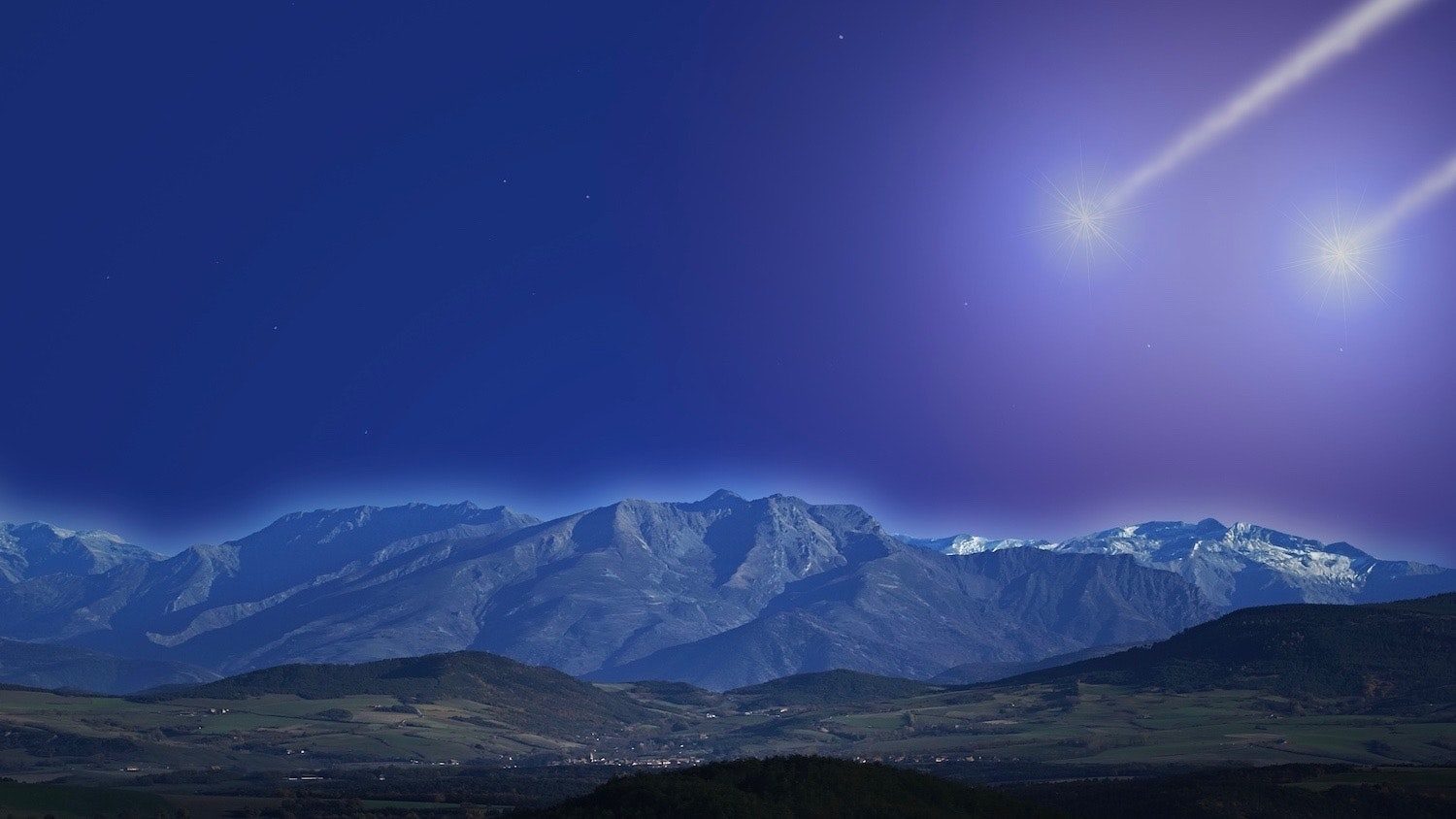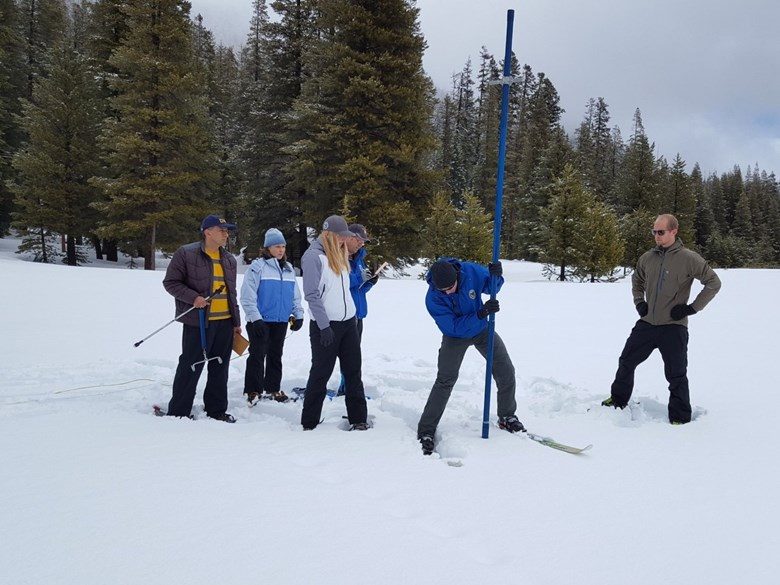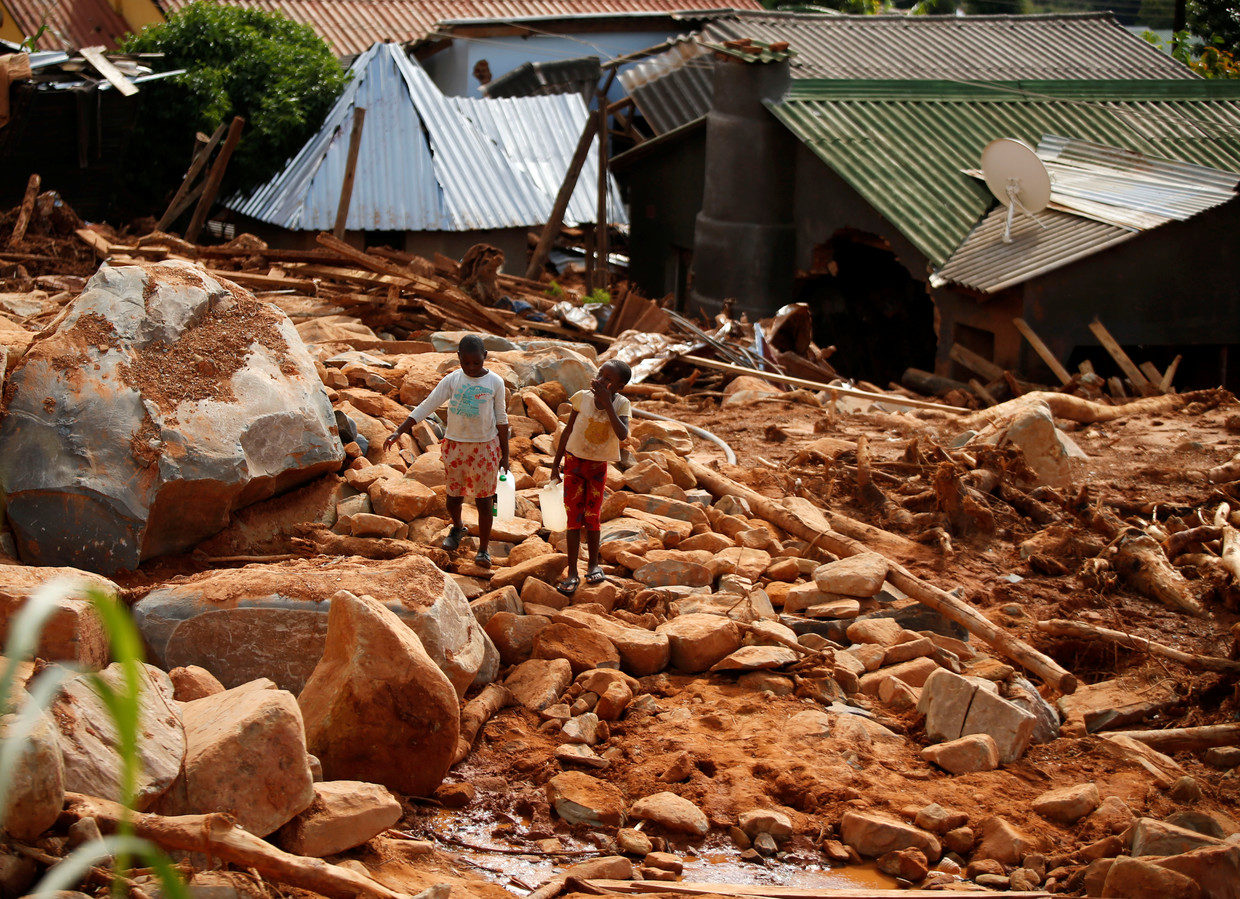OF THE
TIMES



Dozens of people are dead and more than a third of the country's roads have been damaged from the rounds of flooding rain that have struck Iran since the middle of March.UPDATE April 5th: In a show of solidarity with the Iranian people, the EU has announced an initial allocation of 1.2 million euros in financial assistance, while the US (as usual) hampers humanitarian efforts to ameliorate the suffering. Fort Russ reports:
The death toll climbed to 62 at midweek, according to AFP.
Lives have been lost in 11 of Iran's 31 provinces, including 21 deaths in the southern province of Fars.
Heavy rain began slamming the country on March 19, with the deadliest day for flooding following on March 25. April started with more torrential rain targeting the region.
In addition to the deaths, the government has reported that 36 percent of the country's entire network of roads has been damaged.
Eighty-four bridges and nearly 2,200 rural roads have been washed away, Behnam Saeedi, a spokesman for the National Disaster Management Organisation, told state TV, the AFP stated.
"Across 15 provinces, 141 rivers burst their banks and around 400 landslides were reported," Saeedi said.
While drier weather graced the region for recovery and storm cleanup late this week, flooding downpours may return to the hard-hit areas Friday night into Saturday.
"There can be an AccuWeather Local StormMax™ of 75 mm (3 inches) in and along the southwestern slopes of Iran's Zagros Mountains," said AccuWeather Senior Meteorologist Dave Houk. "With the ground saturated, new flooding and landslides can easily be triggered."
Prior to the downpours affecting Iran, Houk is concerned for thunderstorms to erupt from central Saudi Arabia (near Riyadh) to southern Iraq on Friday afternoon. These thunderstorms produce winds strong enough to cause damage, as well as kick up dust storms ahead of any rain.
Early estimates put the losses from the flooding in the agriculture sector at 47 trillion rials (1.1 billion USD), according to Radio Farda.
Aside from the impact to communities, ancient relics have also been damaged throughout Iran from the recent flooding.
Some of these cultural sites, including Chogha Zanbil, date back to pre-500 B.C.
The European Commission announced the provision of initial financial assistance to Iran to overcome the effects of the largest floods in the country in recent decades. Brussels allocates 1.2 million euros, according to the Iranian news agency Tasnim on April 5.
Emergency funding will be directed to the most vulnerable communities in Iran, the EU executive said.
The EU Commissioner for Humanitarian Aid and Crisis Management, Christ Stylianidis, said that "at present, the EU is fully in solidarity with the Iranian people and will help provide substantial support in the affected areas."
Assistance will be distributed with the assistance of humanitarian organizations, including the International Federation of Red Cross and Red Crescent Societies.
While rescue teams are involved in flood-hit areas, US sanctions have blocked all Iran's Red Crescent accounts and banned Tehran from receiving foreign assistance, including rescue helicopters, Tasnim notes.
Comment: Erratic seasons and extreme weather devastating crops around the world
Crop and cattle losses are on the rise everywhere, whether it is due to extensive drought, massive hail, epic flooding, huge dust storms, unexpected frosts, and even epidemics. See also: